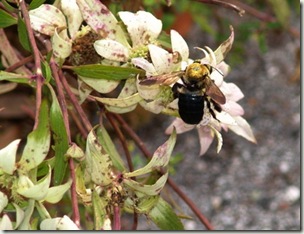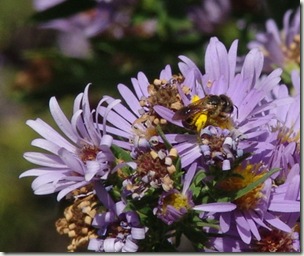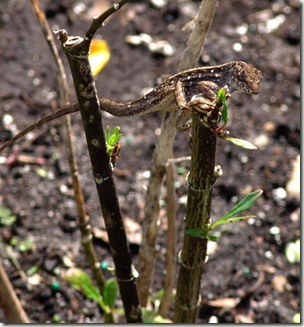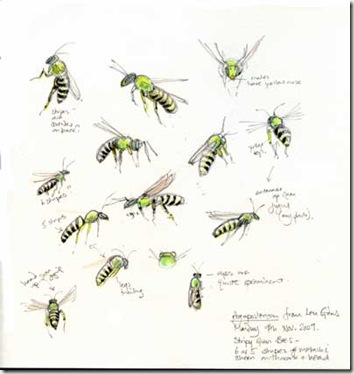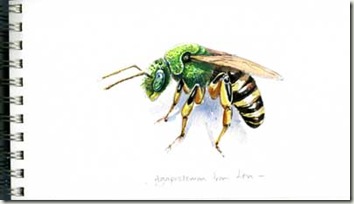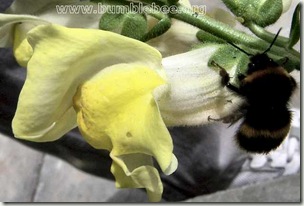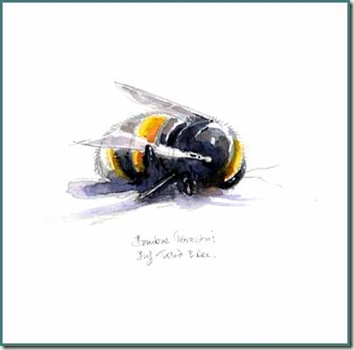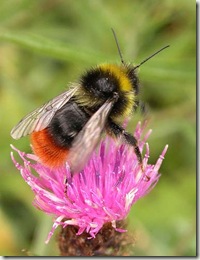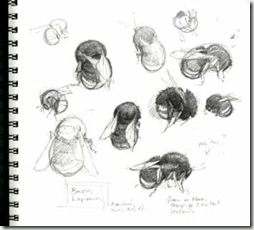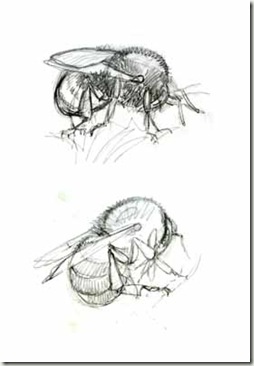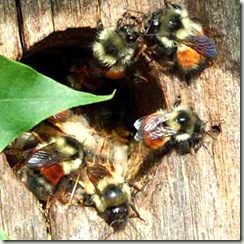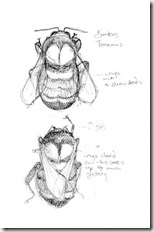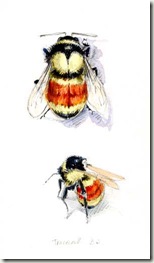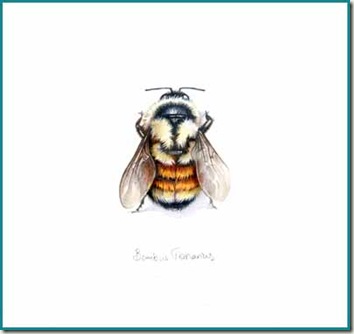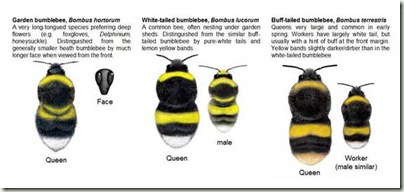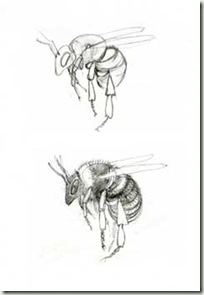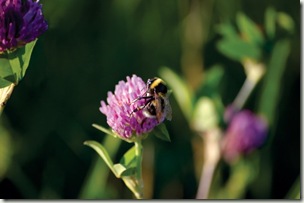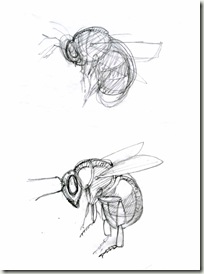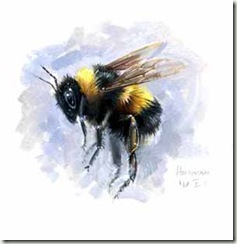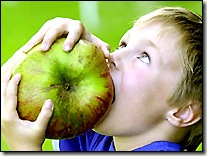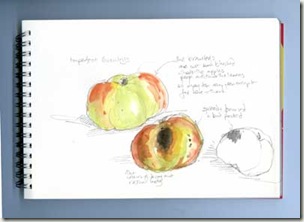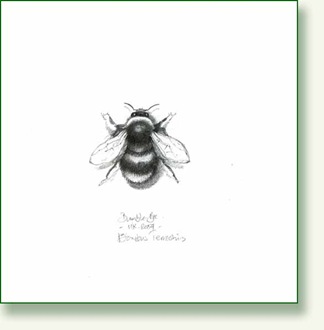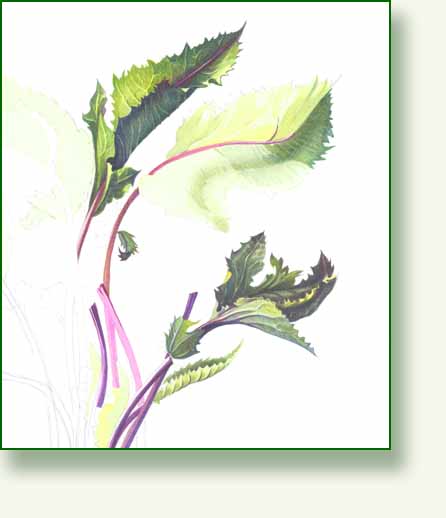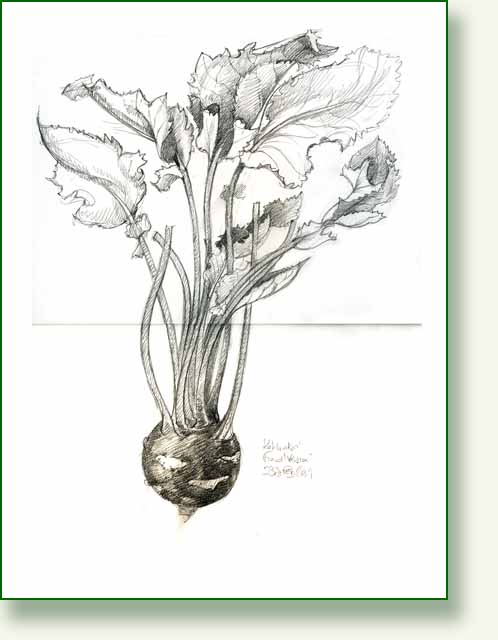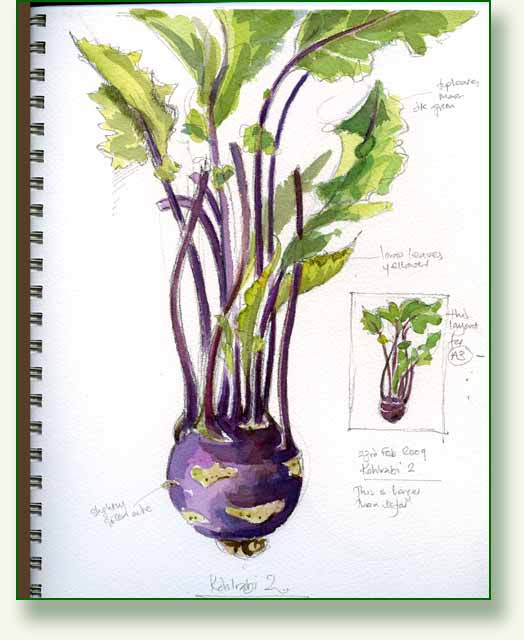The swallows and I are lining up to leave, jostling for a slot with the warblers and the wheatears, the nightingales and chiffchaffs. It’s a time of mixed feelings.
I realise that this is the first UK autumn I have experienced for some years. Over the last two months I have seen the leaves turn and the fruit ripen, and, while I like “mists”, appreciate the “mellow” and “fruitful”, I do not really like autumn. Spring is more my season. I will not miss dark evenings in stuffy houses. I dislike having to wear thick jumpers and the word “cosy” fills me with gloom.
But I will miss the bare trees of winter, the colours of frost, chilly walks and the sheer, not ever to be surpassed, joy of bonfires.
Bonfires are, of course, frowned upon now. Laws, local ordinances, fussy neighbours, spoilsports, jobsworths and other killjoys will try to stop you, but the naughty guilty pleasure I had from two splendid bonfires was exquisite.
I am not sure what dark primeval instinct is triggered but I do know that, to many people, the mere mention of a bonfire lights up more than their eyes.In my fathers garden, the bent and shapeless wire fire basket that holds the woody garden waste is located perilously near, both the garage, and a magnificent huge and ancient box tree, whose lower branches have retreated upwards away from the singeing flames. (Dad does not appreciate the value of this tree).
So a bonfire has to be watched and tended. There has to be raking and feeding, coaxing and subduing. It is an Art.
On 2 cool breezy mornings I stood amongst swirls of smoke staring at flames and sparks, feeling my cheeks redden, and my spirits lift, mesmerised by the awe inspiring and all consuming power of fire.
The ebb and flow of a fire is an exhilarating thing to watch. Those sullen, dull red, embers can suddenly be fanned into brilliant scarlet and orange by the merest puff of wind.
Blackened twigs are rekindled and the monster, Fire, is unleashed and hunting, racing upwards and outwards with alarming speed, only retreating when its prey is consumed. Even the power of this little conflagration is humbling and frightening… but also rather exciting!
So for a while, all the frustrations and anxieties melted away and drifted along with the wonderful acrid smoke, over the neighbouring fields and the neighbour’s washing.
The garage and the tree survived, the twiggy garden rubbish and weeds were gone.
I was grubby and happy and smelled deliciously smoky all day.
An old illustration from my Scarecrow book.. Guy Fawkes, the best night of bonfires and the fate of some old scarecrows. Could that possibly be an embodiment of me on the left?

Puddings
There is some fruit growing in garden, not so much now as long ago. We live in an old part of the village and inherited some ancient nameless apple trees which unfailingly bear small bitter inedible and scabby fruit by the bucket load.
The newer, Queen of Cooking Apples, the magnificent Bramley Seedling did not do so well this year but still gave us huge blushing apples, albeit pockmarked and birdpecked.
But the plums; Oh my fur and whiskers, the Victoria plums!!
What a crop of honeyed beauties. Espaliered on an east facing wall, the top branches, heavy with fruit, peeled away from their wires and the ground beneath was sticky with windfalls.
Balanced precariously on a rickety ladder and negotiating very politely with the swarms of disgruntled wasps, I picked bowl after bowl.
The blackberries were also prolific so I brushed up my culinary skills on some of those gorgeous lip smacking, waist expanding, old English puddings.
Apple crumble, Apple charlotte, Apple batter pudding, Snows, Fools, Dumplings, Pies, Tarts and Sponges, adding blackberries and plums for flavour and colour.
All served with thick golden Bird’s custard. T
hese wonderful old puddings are something the UK can be justly proud of.
I could go on and on and ON about the joys of fruit puddings.
Apples really need another dedicated post, especially as it is the 200th birthday of the Bramley.
Sadly you cannot get Bramleys in the USA, well certainly not in Florida, for which I am truly sorry! .. Sometimes, that one beautiful big Bramley apple, cored, stuffed with brown sugar and rum soaked raisins, slowly baked then drizzled with local honey and served with cream is as close to heaven as you can get. So, for the deprived Bramley-less ones, here is a photo from the BBC which shows how big they can be.

and my only rough sketches .. all good painting intentions got lost this trip
.

So on a golden autumn day I am leaving the apples, the trees, the engaging rat of whom more later, the chilly sparkling mornings and the Aged P, but like the birds, I will be back in the spring.

